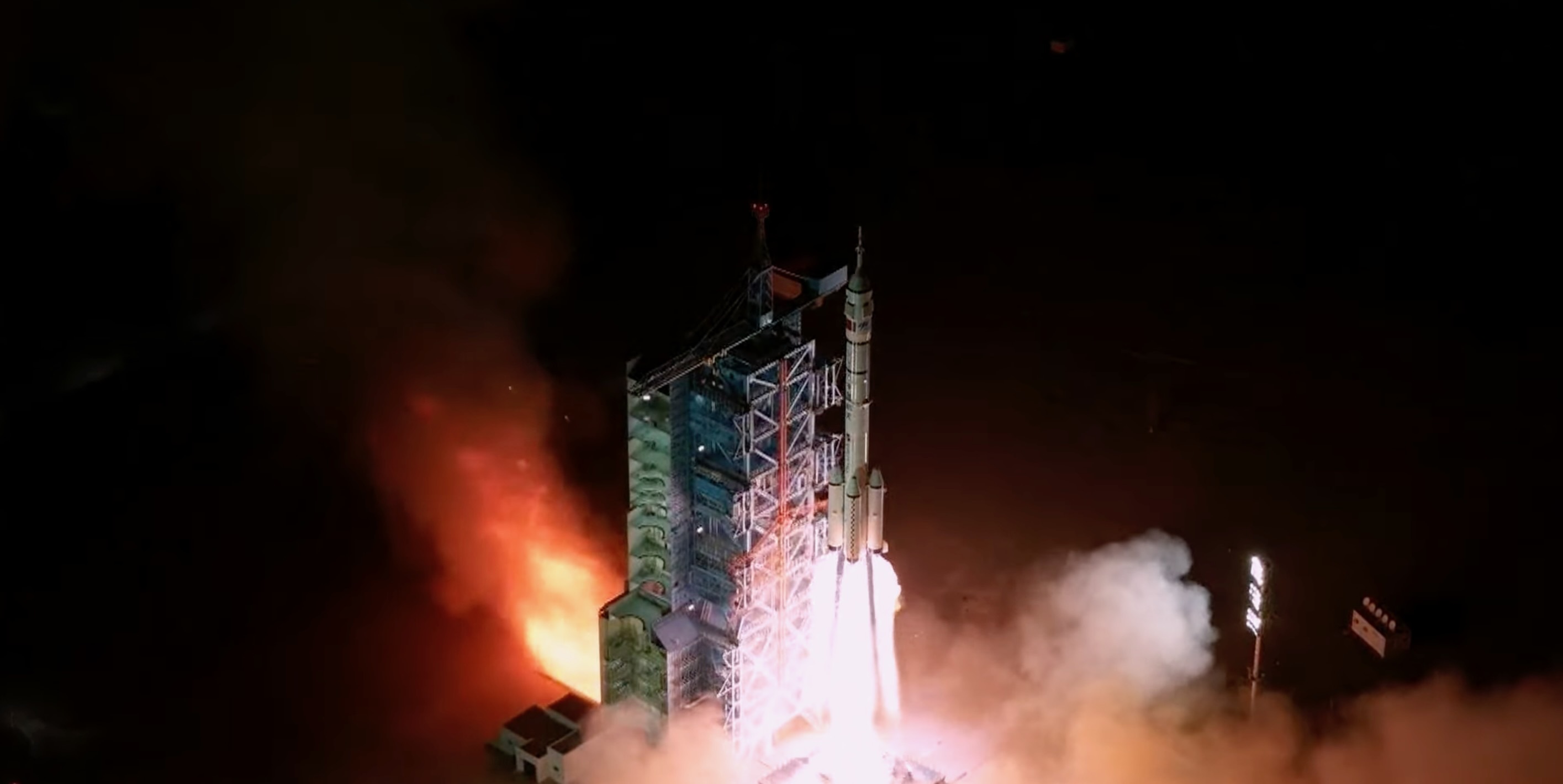Report: Space Radiation a Serious Concern for NASA's Exploration Vision
NASA's goal of returning astronauts to the Moon by 2020 and pushing on to Mars will require significant strides in both understanding and warding off of hazardous space radiation, according to a report released Monday.
NASA has long known that astronauts on long-duration flights to the Moon or Mars will be subjected to higher levels of radiation from solar flares and cosmic rays than those aboard the International Space Station (ISS), which flies within the Earth's protective magnetic field. But those far-flung missions may prove intractable unless the space agency makes major leaps on both the biological and solar physics fronts, according a report entitled Space Radiation Hazards for the Vision of Space Exploration released by the National Research Council.
"By reducing the uncertainties we have about biological effects of radiation that we could probably dramatically improve and increase NASA's confidence of what we can and can't do," said Daniel Baker, director of the Laboratory for Atmospheric at the University of Colorado, in a telephone interview.
Baker, who chaired the October 2005 committee that produced the 104-page report released today, added that solar physics researchers must also develop better means of space weather prediction and shielding to ensure astronaut safety on planetary missions.
"During the Apollo era, astronauts spent less than two weeks on lunar missions," the report states. "However, NASA's current plans are to send crews to the Moon for weeks, and eventually months, increasing the time that they could be exposed to potentially dangerous solar events."
A serious solar flare hurled potentially deadly levels of radiation in August 1972, between NASA's Apollo 16 and Apollo 17 lunar landing missions, though astronauts were safely between flights on Earth during that time. Exposure levels during that flare, however, would have varied depending on whether astronauts were exploring the Moon's surface in a spacesuit or tucked inside their lander, researchers have said.
NASA's current guidelines set career caps on the radiation exposure for astronauts with the limits designed to lead to a less than three percent increase in the risk of death from cancer, according to the report.
Breaking space news, the latest updates on rocket launches, skywatching events and more!
Those radiation limits vary with age and gender. For 30-year-old astronauts, the maximum allowable mission length for a female is set at 54 days and reaches 91 days for male spaceflyers, the report stated. By age 55, the total days in space max out at 159 days for female astronauts and 268 days for their male counterparts.
All of those limits are less than three consecutive six-month ISS missions, as well as an extended 1,000-day Mars mission.
A potential tool kit, suggested in the report, blends several methods of radiation detection and risk mitigation including: active and passive shielding for lunar or Martian bases, solar storm shelters and alert systems, dosimeters, forecast models and a series of other potential countermeasures.
Of particular importance, Baker said, is integrating the physical understanding of the solar and space radiation environment into an operational framework that can be used to safeguard astronauts on the Moon or Mars.
"Unless we can dramatically improve how well we convert our physical models to an operational state, I think we will not be able to do the job we need to support the exploration program," Baker said. "That's where there has to be a lot of attention in these intervening years between where we are now and when we really start getting serious about putting people back on the Moon, where they're maybe not just minutes away from a storm shelter, but maybe a few hours or days."
The importance of advancing radiation research and mitigation is not lost on NASA.
Last month, the space agency announced the selection of 12 new radiation biology research proposals specifically aimed at understanding and reducing risks for Moon- or Mars-bound astronauts.
"I think they definitely see those as critical," NASA spokesperson William Jeffs said of the biological studies.
NASA is also poised to launch its twin STEREO spacecraft on Wednesday. Short for Solar TErrestrial RElations Observatory, the STEREO spacecraft each carry five telescopes and a suite of sensors to scan the Sun for massive explosions of high-energy particles known as coronal mass ejections. Astronomers will be able to use STEREO to build a three dimensional view of the Sun and its storms.
"I think they're very timely and they both are going to contribute in their way to the goals and kinds of issues that were addressed in our report," Baker said of STEREO and radiation studies.
- Great Space Quizzes: Life in Orbit
- Surviving Space: Risks to Humans on the Moon and Mars
- Space Travel Industry Needs More Data on Radiation Risk

Tariq is the award-winning Editor-in-Chief of Space.com and joined the team in 2001. He covers human spaceflight, as well as skywatching and entertainment. He became Space.com's Editor-in-Chief in 2019. Before joining Space.com, Tariq was a staff reporter for The Los Angeles Times covering education and city beats in La Habra, Fullerton and Huntington Beach. He's a recipient of the 2022 Harry Kolcum Award for excellence in space reporting and the 2025 Space Pioneer Award from the National Space Society. He is an Eagle Scout and Space Camp alum with journalism degrees from the USC and NYU. You can find Tariq at Space.com and as the co-host to the This Week In Space podcast on the TWiT network. To see his latest project, you can follow Tariq on Twitter @tariqjmalik.
